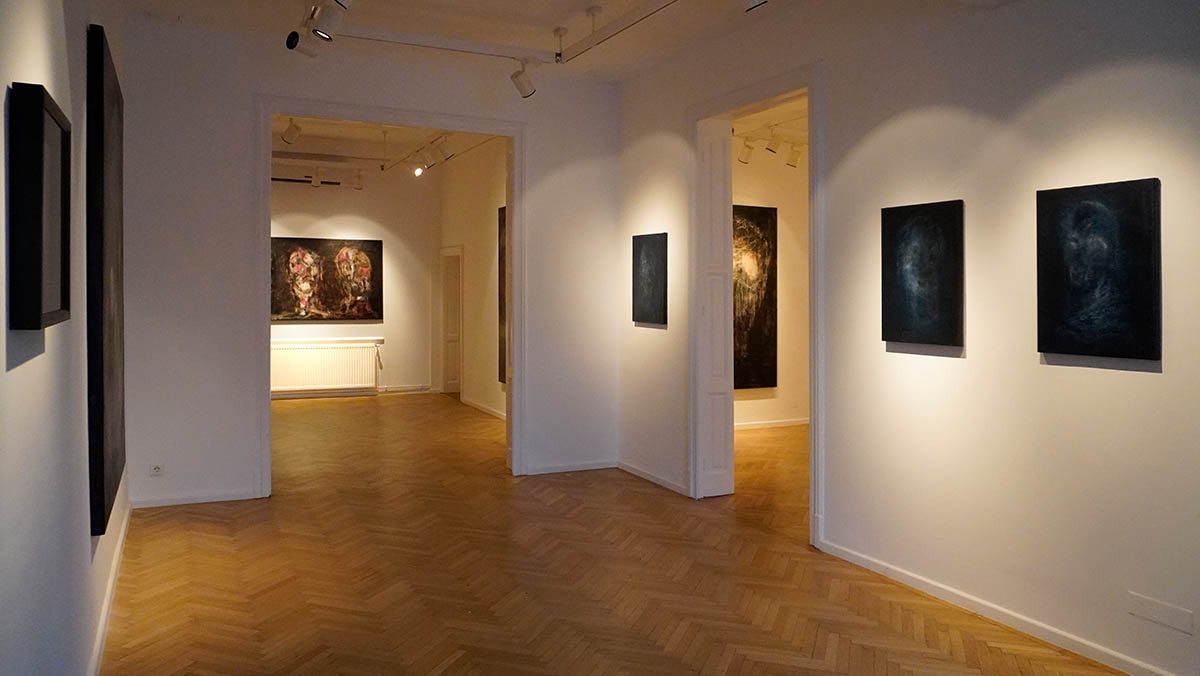Looking through the open mouths of the painted ghosts, we fall into the inner veins of the artist who feeds all the black-faded states that represent the images’ place of germination. He shapes a bituminous world that is akin to the land of death. The faces deposited in his works are akin to his own likeness. Through them, the artist tries to calm his bursting soul using the canvas as a space to exorcise his mental chimeras. The nightmarish figures are shaped by a dominant experience, which, soaking in our eyes, becomes a kaleidoscope with a single color ─ black, and the state of mental rotation, full of solitary nausea, is constantly transformed into a new breath for the painter.
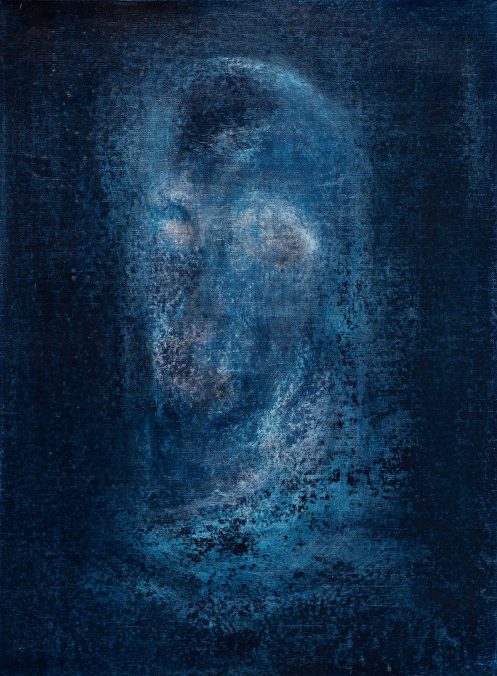
Tripped Black. Claudiu Lazăr 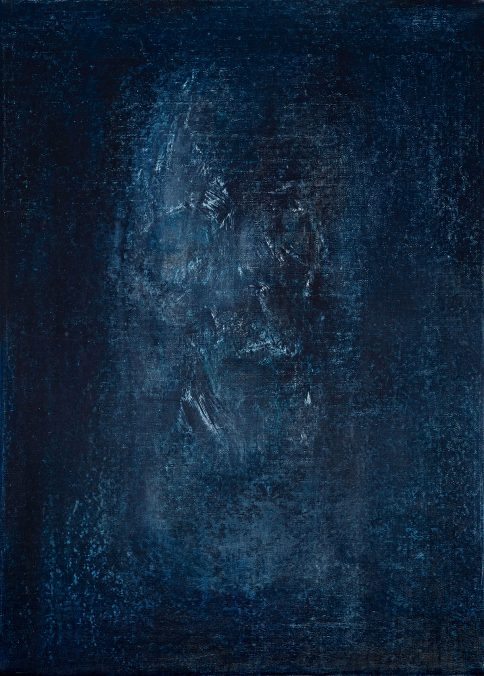
Tripped Black. Claudiu Lazăr 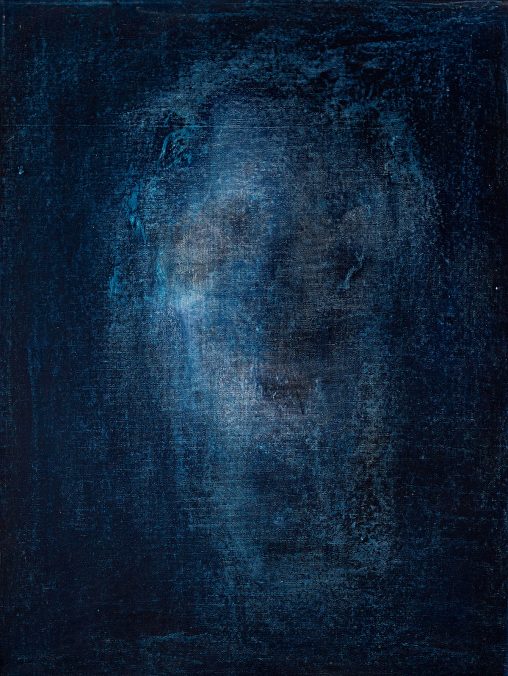
Tripped Black. Claudiu Lazăr 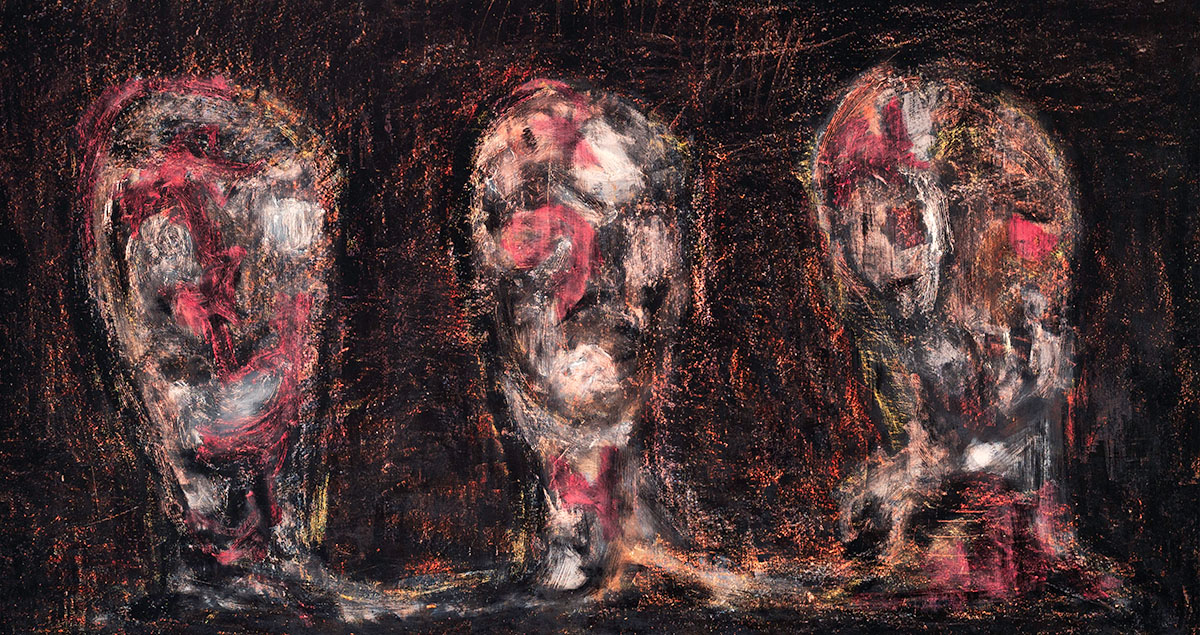
Tripped Black. Claudiu Lazăr
The exhibited works are imbued with the artist’s cold fear. For him, painting is a shroud-like canvas with which he mediates the printing of the flesh, the invasions of the undead, and the mass of expressions ─ torn by anxieties ─ take over the viewer. Each diaphanous entity descends towards us from the vapors of tripe black in which all the emaciated and demonic scratched offer up twisted sensations. We become spectators to states of permanent tension where the artist’s feelings are presented in visual journals nailed to the walls of the gallery. Here, within the image, the author appears cruel and terrifying, with the contemptuous smile of the failed attempted suicide that hides from our eyes, inhaling and exhaling through each exposed canvas.
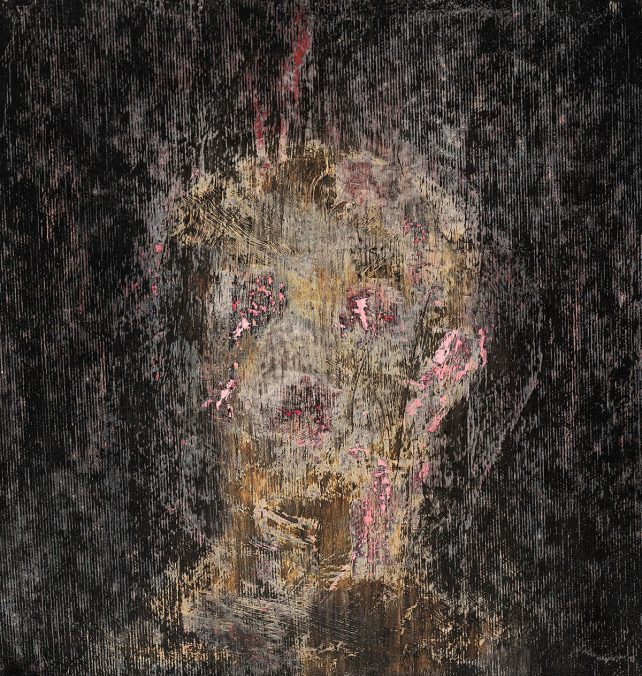
Tripped Black. Claudiu Lazăr 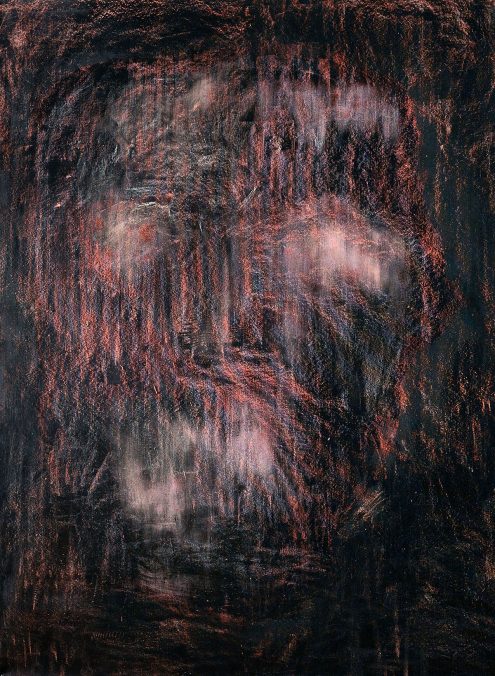
Tripped Black. Claudiu Lazăr
Through an aristocratic impassivity when facing the supreme moment, the author transforms our time and space into his time and space, in which the bundles of present faces become rhizomatically captured moments in each new gaze towards the painting. The fragile balance of works of art is possible through technique and through the notion of inner feelings, those that dominate through purpose.
Claudiu Lazăr is inserted in his works. His supreme torment is the duplicitous state in which he constantly finds himself. A partial end, through the suicide of the image, and the total resurrection through the creation of the artwork.
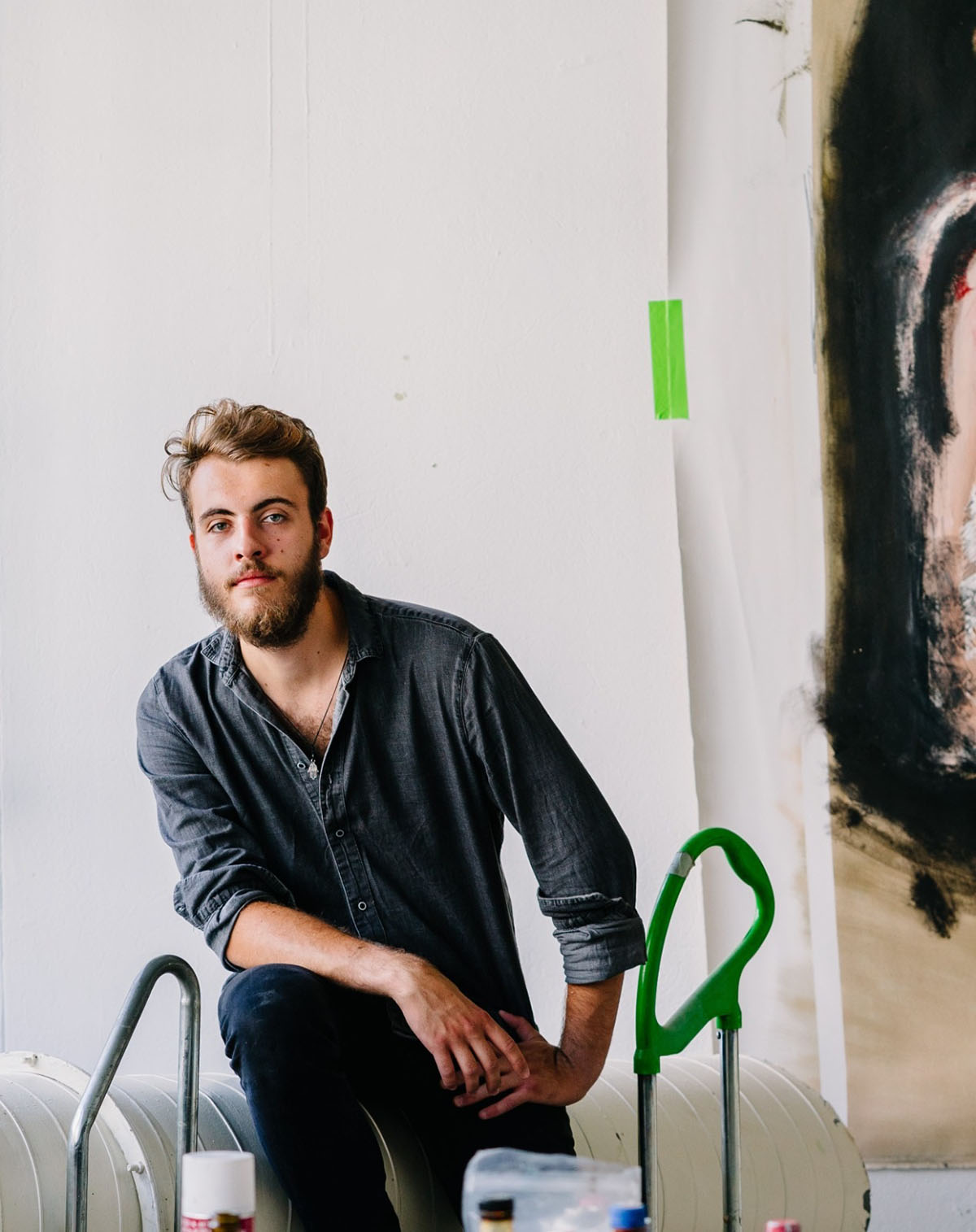
About the artist
Claudiu Lazăr recreates using imagination and brings into the realm of presence, of sensitive things, a surplus of inner reality. He constitutes his work in a myriad of similar figures in terms of projects, yet different via their execution, as an open series in which every element is a provisionary subassembly. As a principle of unity, the pleasure of repetition with a predetermined category of topics that cannot be understood without integrating its formative states. Whether talking about sketches or the simple position of the paint stroke, Claudiu brings his ideas to life with his technique, focusing on a primitive, sought-after and a priori imagined brush stroke. At the beginning his canvases vibrated with internal anguish; now he also x-rays the exterior, looking for elements of collective spirituality. He recently returned to Bucharest, from a residence in Berlin. In Romania, he is represented by AnnArt gallery, a privately – owned contemporary art gallery founded in Bucharest, in May 2011, that brings together well-established artists as well as promising emerging ones.
Claudiu Lazăr- Tripped Black
Duration: 3d febr.2021 – 12 march 2021
Curator: Adrian Buga
Virtual Tour of the Gallery: Link
Address and contact:
AnnArt Gallery
1 Andrei Mureşanu Street, Bucharest, Romania
office@annartgallery.ro
www.annartgallery.ro




